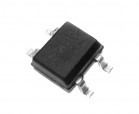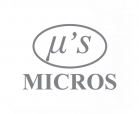Bridge Rectifiers SMD/THT (results: 93)
| Product | Cart |
Manufacturer
|
Type
|
Mounting
|
Operating voltage
|
Forward current
|
Case
|
Packaging
|
|
|---|---|---|---|---|---|---|---|---|---|
|
TB10S TBS LGE
1A; 1000V; packaging: tape & reel
|
|||||||||
| LGE | PDIP-4 bridge rectifier | SMT | 1000V | 1A | TBS | Tape/Reel | |||
|
|
Item available on a request
|
||||||||
|
MB210S
2A; 100V; single; SMD; MBS; packing: tape/reel
|
|||||||||
| GOOD-ARK | PDIP-4 bridge rectifier | SMD | 100V | 2A | TO-269AA(MBS) | ||||
|
|
Item available on a request
|
||||||||
|
DBLS205G
2A; 600V; single phase; SMD packing: reel
|
|||||||||
| Taiwan Semiconductor | Mostek prostowniczy SMD | SMD | 600V | 2A | DBLS | ||||
|
|
Item available on a request
|
||||||||
SMD/THT Rectifier Bridges
Rectifier bridges are essential electronic components that play a crucial role in systems requiring stable DC voltage. Our product range includes both SMD rectifier bridges and THT rectifier bridges, which differ in mounting technology but serve the same purpose of rectifying electrical signals. The final choice between these two types should depend on the spatial and mechanical requirements of your project.
What are rectifier bridges, and what are they used for?
A rectifier bridge is a circuit composed of four diodes connected in a way that allows it to convert alternating current (AC) into direct current (DC). These devices operate by switching the direction of current flow depending on the phase of the input signal. As a result, they provide a unidirectional DC flow at the output.
Rectifier bridges are currently used in applications where current rectification is necessary, such as in:
- power supplies – in systems requiring DC voltage from AC voltage;
- audio devices – specifically for powering audio and video equipment;
- chargers – primarily in the well-known battery charging circuits;
- industrial automation systems – where DC power supply is required.
The SMD and THT rectifier bridges we offer differ only in their mounting method. SMD bridges are mounted on the surface of a printed circuit board, while THT bridges are installed through holes in the board.
How do rectifier bridges work?
A typical rectifier bridge operates on the principle of a "Graetz rectifier," a circuit of 4 diodes that change the direction of AC current flow, converting it into DC. During one full sinusoidal AC wave, all 4 diodes operate, with 2 in each direction. This setup ensures that regardless of the AC phase, DC is always provided at the output.
What should you consider when selecting rectifier bridges?
The selection of the appropriate rectifier bridge depends on several factors that may influence the final decision. These include:
- type of mounting (SMD or THT) – remember that SMD bridges are ideal for devices with limited space, while THT bridges provide better mechanical durability and resistance to stress;
- nominal power – this should always match your application’s requirements, as insufficient nominal current can cause overheating and damage;
- size and housing – depending on the space available in the device, you should opt for a bridge with housing such as MBS, DB, DBS, or SMD.
How to test a Graetz bridge? You need to perform a test using a multimeter by setting it to measure DC voltage and connecting it to the output of the rectifier bridge. If the bridge works correctly, the multimeter will display stable DC voltage corresponding to the rectified voltage.



